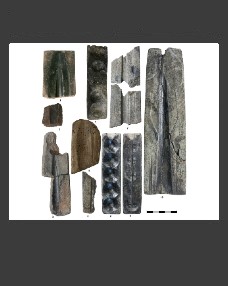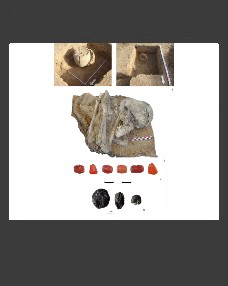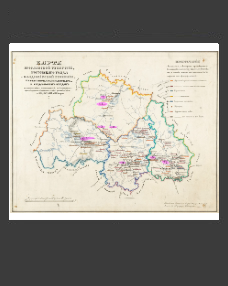Victor A. Borzunov
Ural Federal University, Ekaterinburg, Russia
E-mail: victor.borzunov@mail.ru
Keywords: the Trans-Urals, the Lower Tobol region, forest zone, the boundary of the Bronze and Iron Ages, archaeological cultures, new characteristics
Based on the analysis of pottery, tools, settlements, dwellings, household structures, production facilities, osteological and other materials, the study refines characteristics of the Itkul culture of the mountain-forest Trans-Urals. A related, but different, and more extensive Iset culture is distinguished. It is found that the so-called ‘eastern variant of the Itkul culture’ in the Lower Tobol region with pottery of different periods of the ‘second Itkul’ (‘Gamayun-Itkul’), Karagai Aul and Vak-Kur types differs from the settlements of the Itkul metalworkers of the Trans-Urals by any definition. The author proposes to refer to it as the Yurtobor culture. Taking into account the radiocarbon analyses obtained for the coal from the Tobol archaeological sites, the lower boundary of the Yurtobor and Iset complexes is assumed to be more ancient dating to the turn of the 9th /8th centuries BC.
DOI: 10.31857/S086960630004107-6







